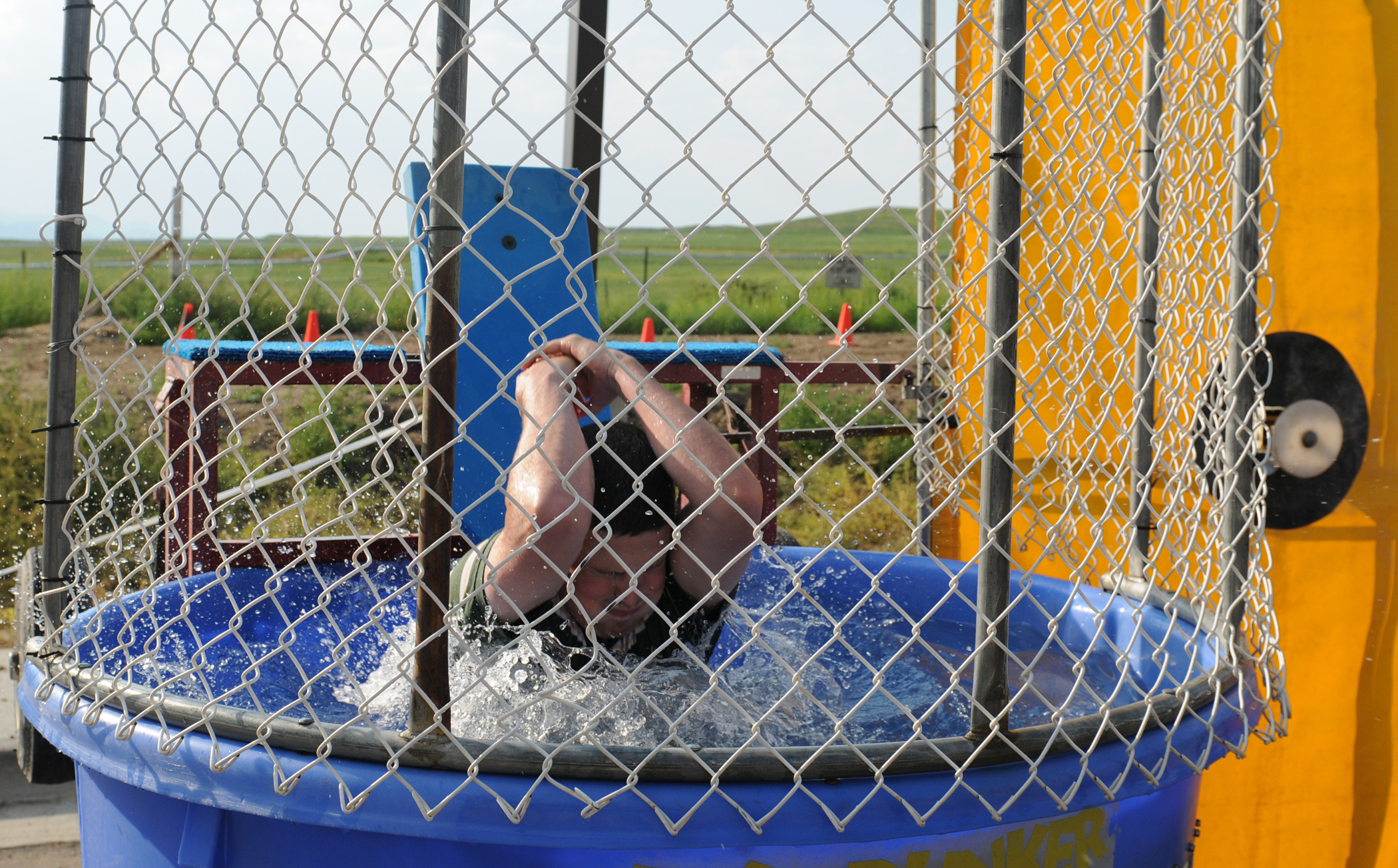I’ve done several diagnostic projects this year, and each time we are well into it, someone always asks about the essential items and nice to haves. Frequently this question comes up when the team has hit a rough spot and they are trying to recover. In other words, is there a short list that will kill the momentum of a project team every time?
Well the answer is yes.
Let’s take a moment to unpack this question, which comes up almost universally among sponsors and leaders of growth. One of the most common triggers for my Growth Leader work is a firm experiences multiple project starts that all slide off the path before contributing to the health of the firm.
This gets personal as well, as the operational leaders of the firm look at projects that get stalled as “fails,” and whether they acknowledge it or not, career deposits and withdrawals are made based on your ability to “complete” what you begin. Having experienced this first hand, it’s a gut punch when a project team gets pulled.
Growth projects follow a complex path, with changing participant roles and expectations (for more on this, check out the STRIDE process here). In my decades of doing this work globally, I’ve come to center on three deceptively simple elements: Right Project, Right Team and Right Plan. Each of these has three must-have items associated with it, which together I call the Top Nine.
This nine-part framework provides an important structure for firms considering larger project investments. If every one of those nine is not present and addressed, the project will stall, and with it, the time, money and resources that have been applied to it.
This is the first article in a three-part series where we’ll break down these nine elements, and give you some high-level insight into what they are, why they will tank your project and how you might prevent it. (You’ll find the other two articles here and here).
For this article, let’s look at the three items under Project.
#1. It’s not aligned with the firm’s macro agenda
Why it will tank it: No matter how white hot the project and team may be, if the project cannot be tied out to the main stakeholder’s benefit, it will hit the wall. A frequent outcome of much internal “innovation,” is that a mid-level leader can carve out enough resources to get it started and perhaps even validated. But when the need for additional resources above the local sponsor comes forward, the effort is quickly sidelined.
How to prevent it: Every internal effort begins with a piece of insight, and the first question needs to be: how does our client win? Followed quickly by, “if they win, do we win too?” By doing a quick value sketch to uncover who the project helps, what we already know, and whether a path exists to share this new value with us, we can make sure that any exploration we do is aligned with the firm’s larger mission (Quick tip: this needs to be more than simply financial alignment).
#2. It’s not informed by the best outside information
Why it will tank it: Many times leaders in firms will get something started internally based on a piece of intuition. Very quickly this piece of intuition can become “fact” and start consuming substantial amounts of mindshare and resources. The truth is that this work needs to be vetted in light of the cold feedback of the marketplace at some point – and the sooner the better (this is no small thing and it happens in world-class firms. See an article about Iridium here).
How to prevent it: Ecosystem exploration and collaboration is key to any sustainable project. First, get everyone on the team to ask themselves the question: how do we know? And how do we still know? Here are some inexpensive tips on how to start getting this information: talk to trade show leaders in your industry about trends, have lunch with someone who is on the distribution team and listen in on the earnings calls of your peers (Quick tip: use facilitation to break group think).
#3. It’s not anchored to the firms Subject Matter Experts (SME’s)
Why it will tank it: A surprising number of projects get started in spaces where the firm either does not have, or has not consulted, its own internal expertise. This creates two potential issues: when the resource ask gets made, the internal experts don’t support the agenda, or there may not be a rock solid foundation in the firm to build on.
What to do about it: Seek out internal SME’s early in the process and network within the firm to gain as much background as you can before investing in exploration and ideation. If you don’t have at least one significant competence relative to a new area, don’t start it. Startups in the space will bet bigger and move faster than an existing firm can (Quick tip: your “naysayers” can be quite valuable here).
These three areas are table stakes for projects that will move a firm forward. If a project is not aligned, informed and anchored, it’s not a question of if, but how much resource will be consumed before it is rescoped or stopped.
Don’t settle for a superficial answer to the questions above. If you think you have a gap, be sure to use a thorough and structured approach to fill it. If we’ve identified a valuable question for you, and you’d like help with it, I invite you to give me a call at 847-651-1014, or to set up a 20-minute chat using this link.
Related posts you can benefit from…


